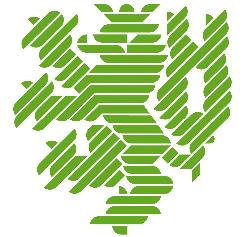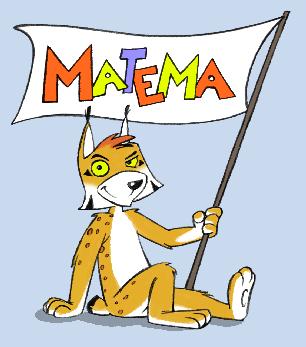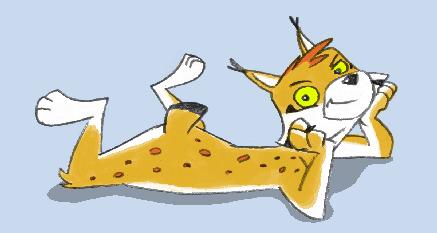
|
Bergische Universität Wuppertal
|

|
|

|
Bergische Universität Wuppertal
|

|
|
|
Materialien für Interessierte zum Vortrag am
Die Zielgruppe sind Schüler ab der 11. Klasse. |

Viele benutzen beim Fotografieren mit ihrem Smartphone den sog. Bokeh-Effekt. In diesem Vortrag werden die mathematischen Hintergründe dieses Bildfilters für den Unschärfebereich erläutert. Es ist ein weiteres Beispiel wie angewandte Mathematik (unbemerkt) in unserem Alltag steckt.
text2
Als Daten stehen .... zur Verfügung.

|